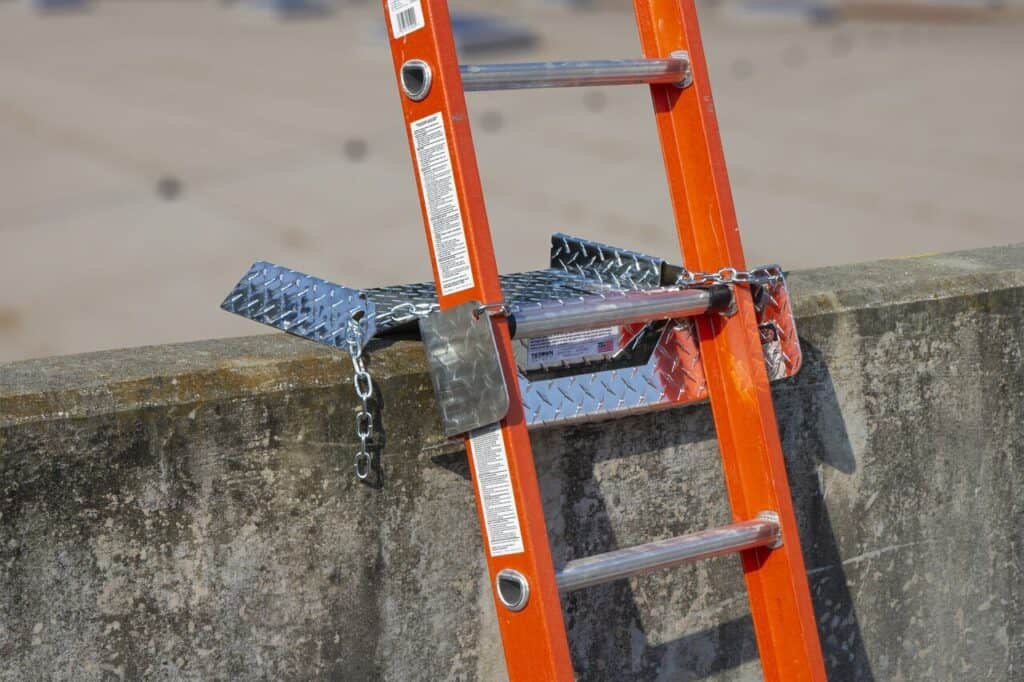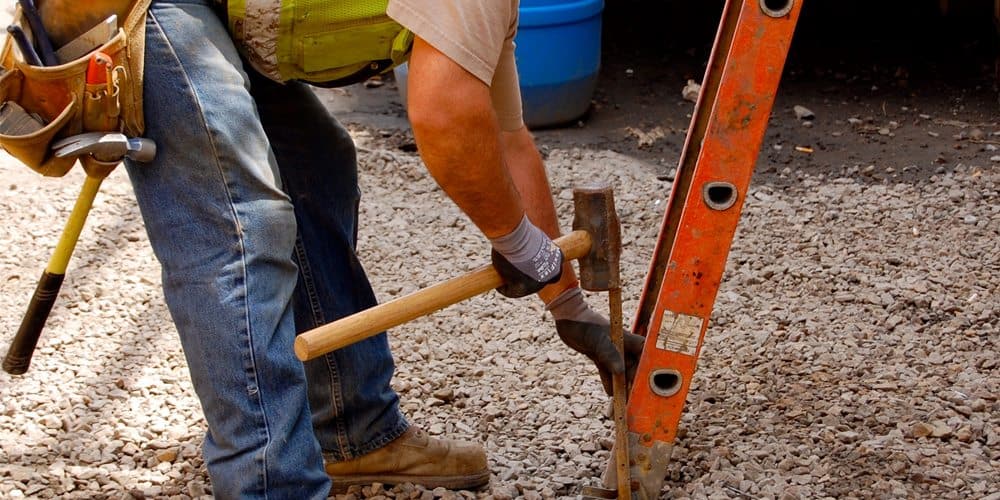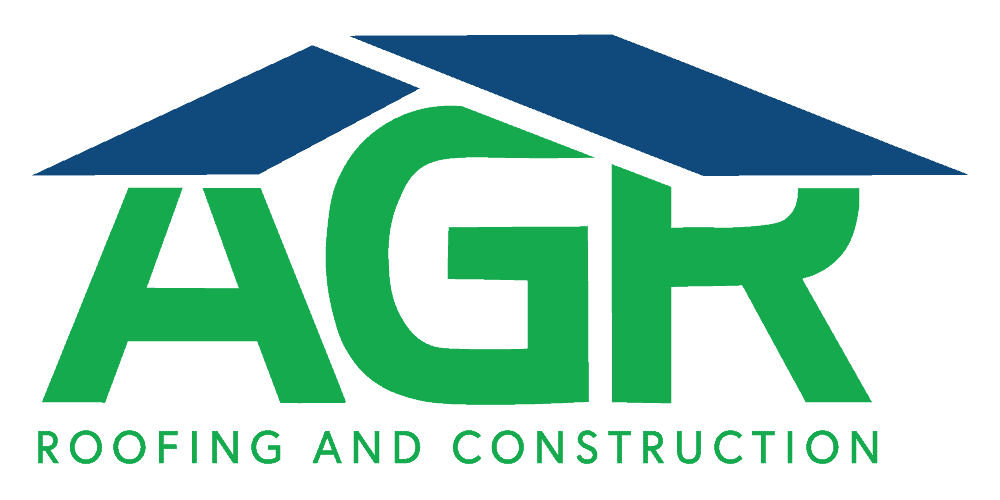There is no need for homeowners to go onto their roofs to check for damage, any reputable roofing company will inspect your roof for damage for free. However, we have encountered homeowners who got injured taking a look at damaged roofs for themselves. We want homeowners to remain healthy and safe, with these ladder safety tips, we hope to not get any calls from homeowners in casts.
How to choose the right ladder for the job.
First thing you’ll choose is a ladder for the height of your “working area”, trying to extend your reach or balancing on a top ladder rung is not a position we want you to be in. If you are working on the roof, the ladder should extend four rungs past the roofline to easily step on and off the roof (remember it’s usually easier to climb up a ladder than down.) If you are working at the roofline (cleaning gutters, for instance) never reach over your head; it is important to be working level or down from your job. The higher you need to reach up to get the job done the less stable your body will be on the ladder. Be sure to read all the usage instructions posted on the ladder.

Types of ladders:
Step Ladders can be supported on their own they don’t need to be leaned against a surface. Step ladders tend to be on the short side, so they may not be practical for working along your roofline, but could be the right height for working on windows or siding.
Folding Ladders tend to be higher than step ladders and can be supported on their own, however, they are not meant to be able to support your weight on the top rung. Since folding ladders have four legs on the ground, placement is very important. If one point of contact on the ground is not level, the higher you climb the folding ladder the less stable it will be.
Extension ladders tend to be the most common used to reach rooflines, they do need to be supported by a surface, such as siding or roof. They also need to be higher than the height of the working space for your job, for example, if you need to get onto your roof, the extension ladder should extend past your roof line by about four rungs. Do not lean the ladder against your gutters if they are sagging or hanging away from your house, damaged gutters might not be able to support the weight of the ladder with you on it. A simple way to increase stability is to use a standoff stabilizer. Standoff stabilizers easily lay on your roof’s surface without leaving any damage.
Which Ladder Material is best for your job
Fiberglass ladders:
Using a fiberglass ladder is important if you will be doing any electrical work or working close to power lines (we do not recommend working anywhere near power lines, please call an expert to do the job for you). Fiberglass ladders can be more expensive and much heavier than aluminum, so it can be more difficult to move and place when working by yourself.
Wooden ladders:
Wooden ladders are not typically made anymore, if you have a wooden ladder you might want to consider upgrading to a safer option. If you want to use a wooden ladder be sure to test each rung on the ground, older wooden ladders can give when putting your full weight plus tool belt on a rotted rung.
Aluminum ladders:
Most extension ladders are aluminum ladders. Due to the size of extension ladders, making them with light weight aluminum makes moving them a little easier. Aluminum ladders are to be avoided if you are doing any type of electrical work.

Tips for using a ladder
When placing a ladder be sure that the ground is level and sturdy and that there is no debris on the ground. Any uneven surface will make the ladder unstable, it is important to remember that the ladder can feel stable when you’re on the ground and feel unstable once you climb to the top if on an uneven surface.
If using an extension ladder the angle that the ladder should be at is 75 degrees, or follow the 1 in 4 rule (the ladder should be placed one foot away from the structure for every 4 feet in ladder height)
Maintain three points of contact, this means either two feet and one hand or two hands and one foot while climbing up and down the ladder, do not try to carry tools in your hand, use a tool belt. There are also attachments for ladders to hold any tools you might need. Once on the ladder, never try to extend out of your arms reach, it may take more time but moving the ladder often when working with gutters or along your roofline may prevent a fall.





